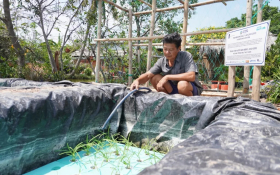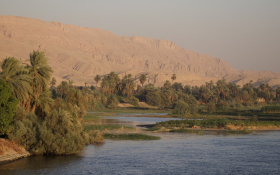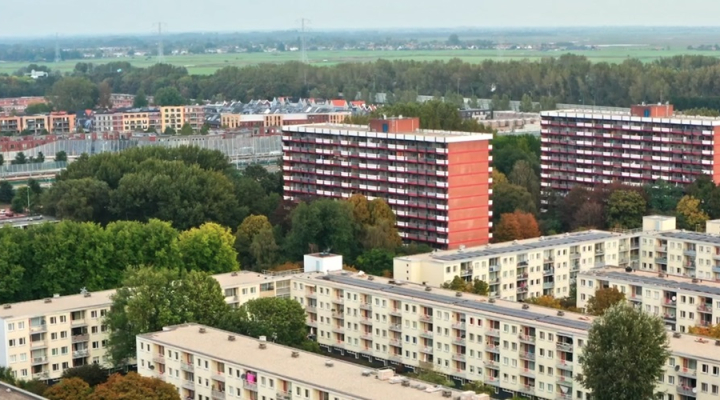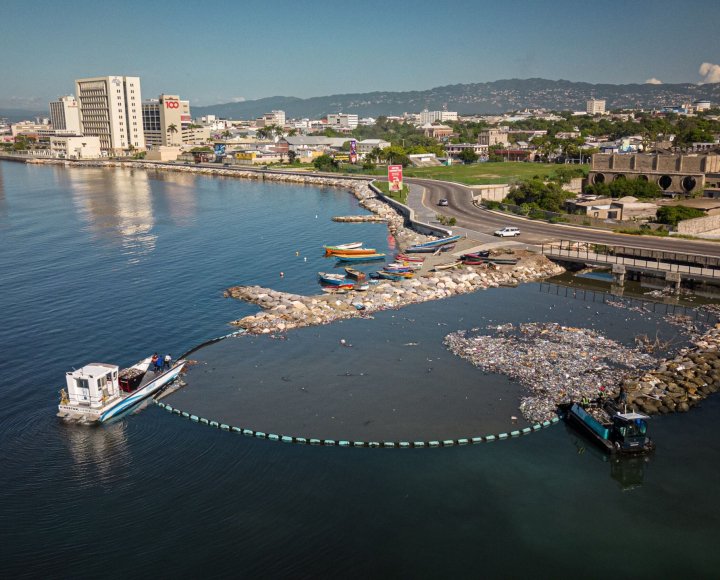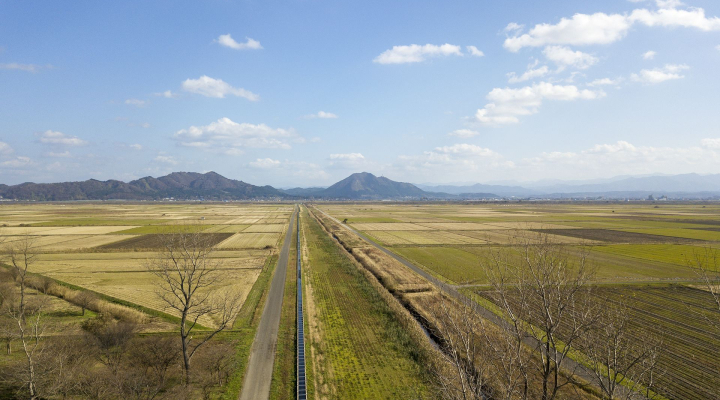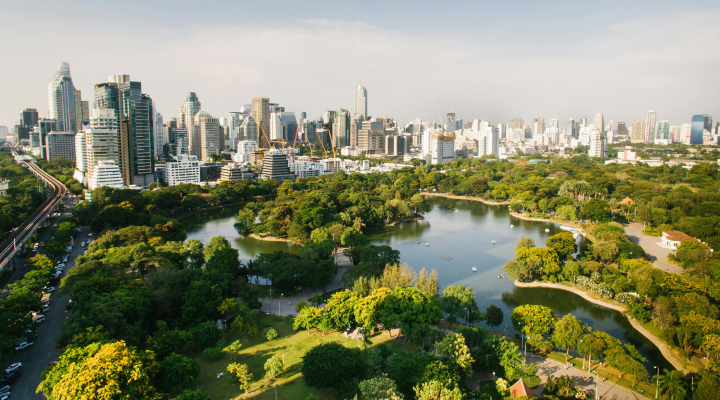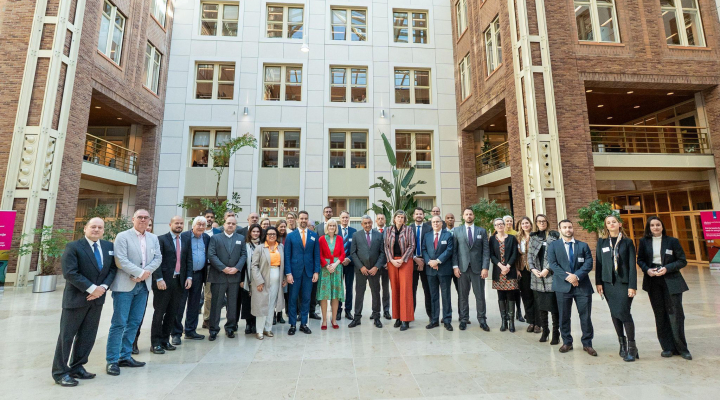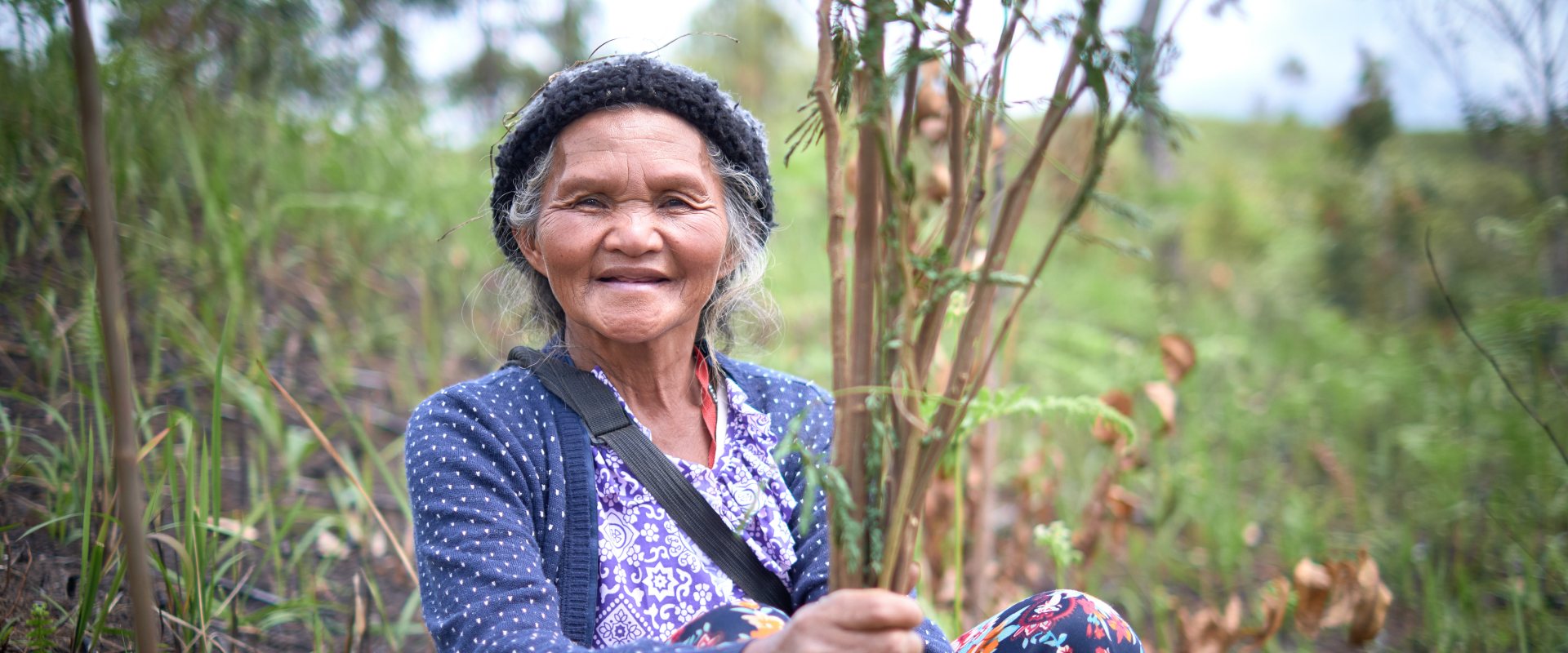
Reliable water supply starts way up in the mountains
Linda Deconlay of the Philippine indigenous Talaandig group recently harvested her first 423 kilo of adlai, a local grain, and sold it for 52 pesos per kilo. Her first sales marked the next step in achieving the overall goal of the Ridge to Coast, Rain to Tap project to make the Cagayan de Oro (CdO) river catchment more flood resilient.
An article on the website of project partner Vitens-Evides International tells the personal story of Linda and the integrated water management approach behind it.
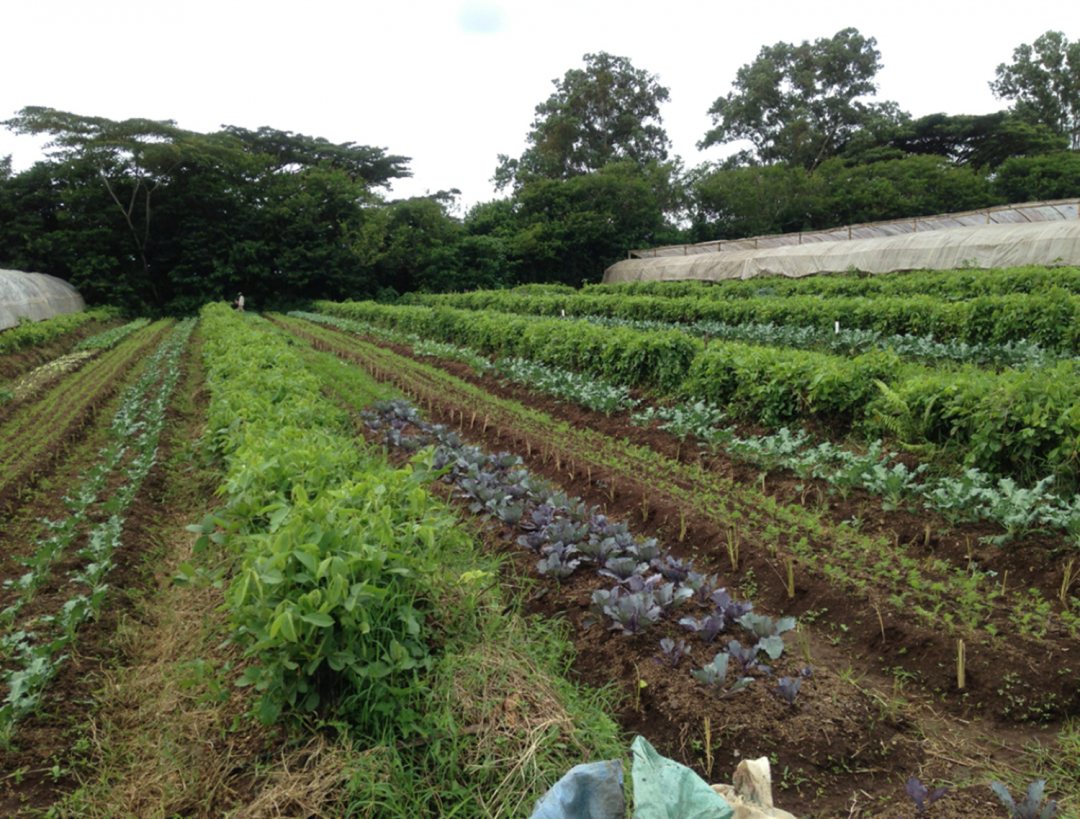

Flash floods and high tide
Her story starts in 2011 when tropical storm Sendong brought 24-hour rainfall causing the overflow of the Cagayan de Oro River. The floods coincided with a high tide, limiting the river discharge. As a result this intensified the flooding in the river delta and in the nearby coastal city of Cagayan de Oro. Over 900 citizens were reportedly killed by the severe flooding.
Another severe flooding occurred in 2017 and that generated the idea to combine the technical assistance by Dutch organisation Vitens-Evides International for the improvement of the city’s water supply, with measures to prevent floods, all the way up into the mountains in the hinterland. This lead to the start of the Ridge to Coast, Rain to Tap project in 2018.
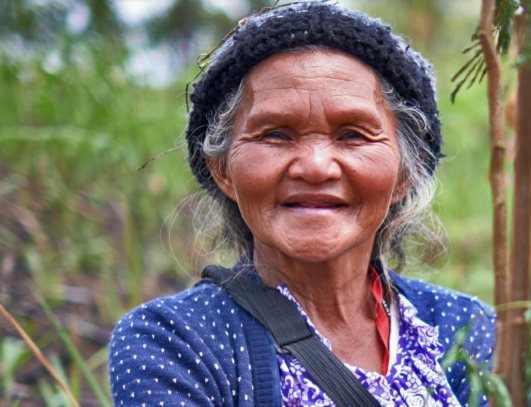

Changing landscape
Here the personal story of Linda comes in. All her live she lived in Pawagaon, a small Talaandig community in the mountainous hinterland of Cagayan de Oro. She witnessed how the landscape changed drastically. ‘When I was young, this community was completely surrounded by rainforest’, recalls Linda, now 59 years old.
Over the past decades most of the forest has disappeared due to intensive logging, slash and burn practices and wildfires. The landscape around Linda’s community is now characterized by a patchwork of farmlands and open fields where cogon grass has taken over.
With limited income opportunities in the area, many of the families in Pawagaon and surrounding communities live far below the poverty line. Food insecurity is widespread, especially during the dry months.
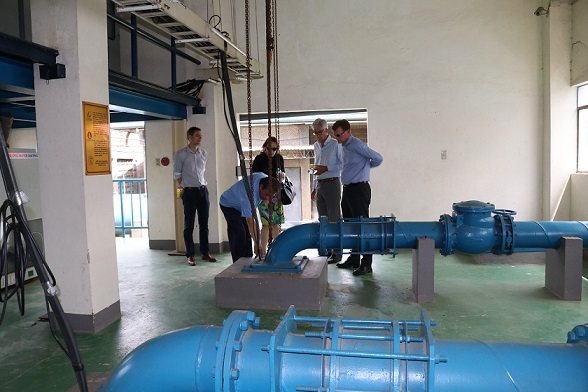

Liveable upstream areas
To counter the flooding and to restore the rainforest both the water company and Vitens-Evides International initiated the Ridge to Coast, Rain to Tap project that not only aimed to expand the water supply to 7,000 unserved household in the upstream areas, but also to build a systemic management of the river basin to reduce floods, to reduce erosion and to reduce drought.
A key element of the project was to bring back forests on the slopes of the mountain. With support of the Hineleban Foundation a 150 hectare pilot area along the river is now being reforested, involving the local communities and enabling them to grow crops.
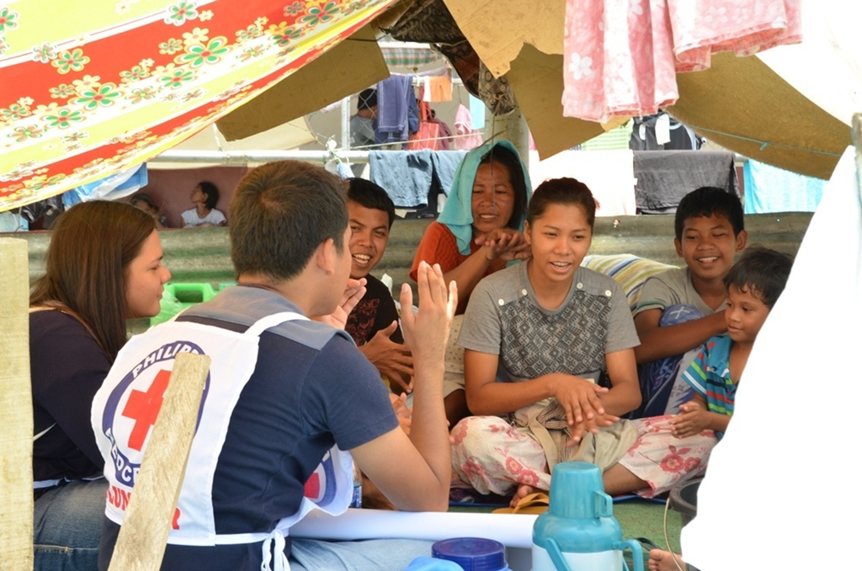

Reforestation and food production
To achieve this, the project adopted Hineleban Foundation’s reforestation methodology in which calliandra trees are planted as a pioneer species to control the growth of cogon grass.
This prevents the spread of wildfires, and prepares the soil for the seedlings of indigenous tree species. When the indigenous trees mature, the calliandra dies off naturally, giving way to a healthy tropical rainforest.
The Hineleban Foundation partners with the indigenous communities to help them to set up a cooperation to produce local food, while restoring and protecting the forest environment.
About Ridge to Coast
The Ridge to Coast, Rain to Tap project is a Public-Private Partnership between Cagayan de Oro Water District, Vitens-Evides International, Unifrutti, Hineleban Foundation, Bukidnon Indigenous Peoples Advisory Council, Cagayan de Oro River Basin Management Council, Wetlands International, FITC, Philippines Red Cross and Netherlands Red Cross, co-funded by the Netherlands Ministry of Foreign Affairs and administered by the Netherlands Enterprise Agency (RVO) through the Sustainable Water Fund (FDW).
Read here the full article by Arianne Gijsenbergh.


